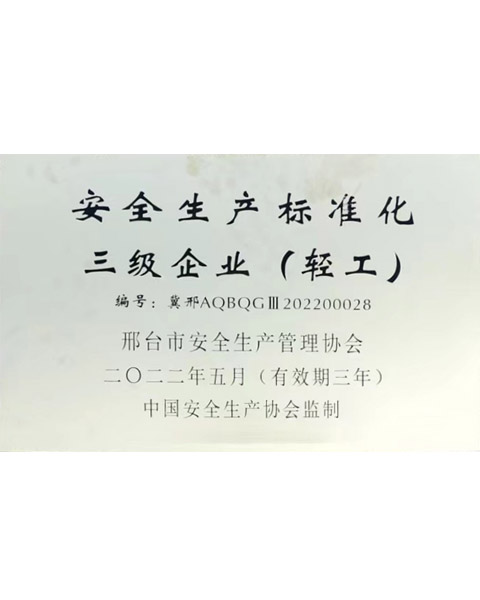w211 power steering hose
Understanding the Importance of the W211 Power Steering Hose
The W211, a variant of the Mercedes-Benz E-Class produced from 2002 to 2009, has gained recognition for its blend of luxury and performance. One of the crucial components in this vehicle's steering system is the power steering hose. The power steering hose is essential for delivering hydraulic fluid from the power steering pump to the steering gear, allowing for smooth and effortless steering. Understanding its function, common issues, and maintenance can enhance the longevity of your vehicle and improve its driving experience.
Function of the Power Steering Hose
The primary function of the power steering hose is to carry hydraulic fluid under high pressure. This fluid is vital for providing the necessary force to assist with steering, making it easier for the driver to maneuver the vehicle. As the driver turns the steering wheel, the power steering pump sends fluid through the hose to the steering gear. This hydraulic assistance reduces the amount of physical effort required to turn the steering wheel, especially at low speeds or during parking maneuvers.
The W211 employs both high-pressure and low-pressure hoses to facilitate this process. The high-pressure hose transports fluid from the pump to the steering gear, while the low-pressure hose returns the fluid back to the reservoir. Together, they maintain a continuous flow of fluid, ensuring that the driver receives responsive steering feedback.
Common Issues with the W211 Power Steering Hose
As with any vehicle component, power steering hoses can develop issues over time. Common problems include leaks, cracks, and wear due to exposure to heat and pressure. A leak in the power steering hose can lead to a loss of hydraulic fluid, which compromises the efficiency of the steering system. Drivers may notice stiffness in the steering wheel or hear whining noises when turning, indicating that the power steering fluid level is low.
w211 power steering hose

Another issue that might arise is the deterioration of the hose material itself. Over time, rubber hoses can become brittle, leading to cracks and eventual failure. It’s essential to inspect the hoses regularly for any visible signs of wear, such as fraying or bulging, to avoid sudden failures while driving.
Maintenance of the Power Steering Hose
Proper maintenance of the power steering system, including the hose, is crucial for the overall performance of the W211. Regular inspections can help identify potential issues before they develop into more significant problems. Drivers should check the power steering fluid level frequently and top it off if necessary. Additionally, any signs of fluid leaks around the hoses should prompt immediate attention.
If a power steering hose shows signs of wear or failure, it is advisable to replace it promptly. While this may be an added expense, neglecting such repairs can lead to more costly damages to other components of the steering system. When replacing the power steering hose, ensure that you use high-quality parts that meet the manufacturer's specifications. This practice not only guarantees compatibility but also enhances the durability of the repair.
Conclusion
The power steering hose is a critical component of the W211's steering system, playing a pivotal role in ensuring smooth and responsive handling. By understanding its functions, recognizing potential problems, and committing to routine maintenance, drivers can ensure that their Mercedes-Benz E-Class remains a pleasure to drive. Taking proactive measures regarding the power steering system can save time and money in the long run, enhancing both the vehicle's performance and the safety of its operation. Whether you are a DIY enthusiast or prefer professional service, paying attention to the power steering hose will undoubtedly contribute to the overall well-being of your W211.
-
Ultimate Spiral Protection for Hoses & CablesNewsJun.26,2025
-
The Ultimate Quick-Connect Solutions for Every NeedNewsJun.26,2025
-
SAE J1401 Brake Hose: Reliable Choice for Safe BrakingNewsJun.26,2025
-
Reliable J2064 A/C Hoses for Real-World Cooling NeedsNewsJun.26,2025
-
Heavy-Duty Sewer Jetting Hoses Built to LastNewsJun.26,2025
-
Fix Power Steering Tube Leaks Fast – Durable & Affordable SolutionNewsJun.26,2025

